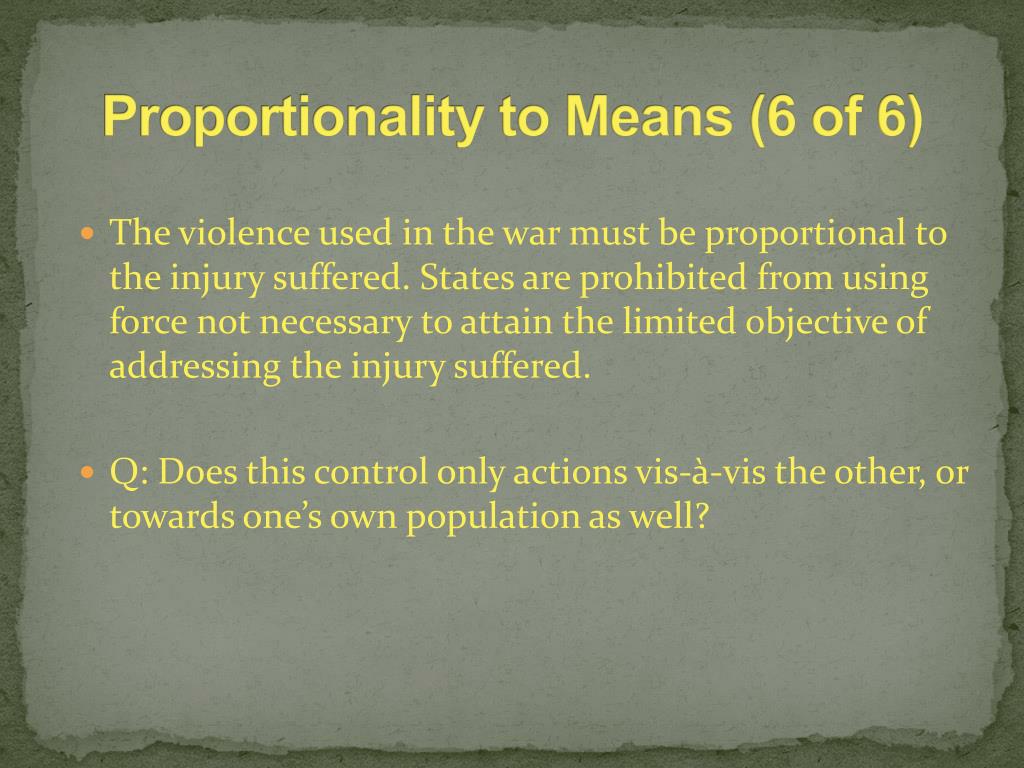

Minimum rights and fundamental guarantees are granted by the 1977 Additional Protocols I and II to the persons not covered by the 1949 Geneva Conventions, independently of the character of the conflict (international or national).


The extent of protection and obligations of belligerent states and parties depends on the type of the armed conflict (international or not international) as well as on the category of protected persons in terms of their age (adult/child), sex (man/woman), participation in the armed conflict ( combatant/ prisoner of war/civil person) and personal situation (e.g. The legal definition of different categories of protected persons in armed conflicts is found in each 1949 Geneva Conventions and also in 1977 Additional Protocols. Protected persons is a legal term under international humanitarian law and refers to persons who are under specific protection of the 1949 Geneva Conventions, their 1977 Additional Protocols, and customary international humanitarian law during an armed conflict. They use a protective sign such as the red cross, red crescent or red crystal. Whether military or civilian, they are considered non-combatants and may not be attacked and not be taken as prisoners of war by parties to a conflict. Legal term in international humanitarian law Medical personnel during an armed conflict carry out humanitarian work and are "protected persons" under international humanitarian law.


 0 kommentar(er)
0 kommentar(er)
